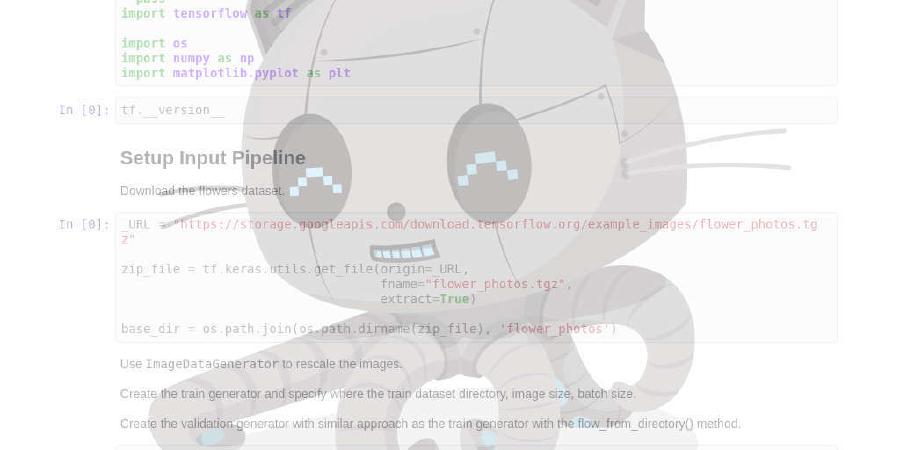uber-research/go-explore

Code for Go-Explore: a New Approach for Hard-Exploration Problems
| repo name | uber-research/go-explore |
| repo link | https://github.com/uber-research/go-explore |
| homepage | https://arxiv.org/abs/1901.10995 |
| language | Python |
| size (curr.) | 42 kB |
| stars (curr.) | 215 |
| created | 2019-01-30 |
| license | Other |
Go-Explore
Paper located at: arxiv.org/abs/1901.10995
Requirements
Tested with Python 3.6. requirements.txt gives the exact libraries and versions used on a test machine
able to run all phases. Unless otherwise specified, libraries can be installed using pip install <library_name>.
Required libraries for Phase 1:
- matplotlib
- loky==2.3.1
- dataclasses
- tqdm
- gym
- opencv-python
These libraries are sufficient to run Go-Explore Phase 1 with custom environments, which you may model after goexplore_py/pitfall_env.py and goexplore_py/montezuma_env.py.
The ALE/atari-py is not part of Go-Explore. If you are interested in running Go-Explore on Atari environments (for example to reproduce our experiments), you may install gym[atari] instead of just gym. Doing so will install atari-py. atari-py is licensed under GPLv2.
Additional libraries for demo generation:
- ffmpeg (non-Python library, install using package manager)
- imageio
- fire
Additionally, to run gen_demo, you will need to clone openai/atari-demo and
put a copy or link of the subfolder atari_demo at gen_demo/atari_demo in this codebase.
E.g. you could run:
git clone https://github.com/openai/atari-demo
cp -r atari-demo/atari_demo gen_demo
Additional libraries for Phase 2:
- openmpi (non-Python library, install for source or using package manager)
- tensorflow-gpu
- pandas
- horovod (install using
HOROVOD_WITH_TENSORFLOW=1 pip install horovod - baselines (ignore mujoco-related errors)
Additionally, to run Phase 2, you will need to clone uber-research/atari-reset (note: this is an improved fork of the original project, which you can find at openai/atari-reset) and
put it, copy it or link to it as atari_reset in the root folder for this project.
E.g. you could run:
git clone https://github.com/uber-research/atari-reset atari_reset
Usage
Running Phase 1 of Go-Explore can be done using the phase1.sh script. To see the arguments
for Phase 1, run:
./phase1.sh --help
The default arguments for Phase 1 will run a domain knowledge version of Go-Explore Phase 1 on
Montezuma’s Revenge. However, the default parameters do not correspond to any experiment actually
presented in the paper. To reproduce Phase 1 experiments from the paper, run one of
./phase1_montezuma_domain.sh, ./phase1_montezuma_no_domain.sh or ./phase1_pitfall_domain.sh.
Phase 1 produces a folder called results, and subfolders for each experiment, of the form
0000_fb6be589a3dc44c1b561336e04c6b4cb, where the first element is an automatically increasing
experiment id and the second element is a random string that helps prevent race condition issues if
two experiments are started at the same time and assigned the same id.
To generate demonstrations, call ./gen_demo.sh <phase1_result_folder> <destination> --game <game>. Where <game> is one of “montezuma” (default) or “pitfall”. The destination
will be a directory containing a .demo file and a .mp4 file corresponding to the video of the
demonstration.
To robustify (run Phase 2), put a set of .demo files from different runs of Phase 1 into a folder
(we used 10 for Montezuma and 4 for Pitfall, a single demonstration can also work, but is less
likely to succeed). Then run ./phase2.sh <game> <demo_folder> <results_folder> where the game is
one of MontezumaRevenge or Pitfall. This should work with mpirun if you are using distributed
training (we used 16 GPUs). The indicator of success for Phase 2 is when one of the
max_starting_point displayed in the log has reached a value near 0 (values less than around 80 are
typically good). You may then test the performance of your trained neural network using
./phase2_test.sh <game> <neural_net> <test_results_folder>
where <neural_net> is one of the files produced by Phase 2 and printed in the log as Saving to ....
This will produce .json files for each possible number of no-ops (from 0 to 30) with scores, levels
and exact action sequences produced by the test runs.







